Decision Fatigue Is Killing Your Team's Focus. Here's How Governance Solves It.

If your team’s losing focus, it’s not because they’re lazy. It’s because you’re asking them to make too many decisions without clarifying how to go about it. The average adult makes a staggering 35,000 decisions per day, and a significant number of these occur in the workplace. This intense cognitive load leads to decision fatigue, which is “the mental and emotional exhaustion that results from constantly making choices,” says Erica Pieczonka, organizational psychologist and leadership coach at Dream Lab Coaching.
For leaders and teams striving for focus, this exhaustion isn't just about feeling tired—it actively diminishes the quality and effectiveness of organizational decisions. Many teams try to solve this by working harder, when the solution is in fact systemic. Indeed, the most resilient organizations conquer decision fatigue by fundamentally changing how and where choices are made.
In this strategic blueprint, two experts guide you through how to solve decision fatigue by implementing distributed authority, clear governance frameworks, and a fully integrated operating system.
The Silent Threat: Causes, Symptoms, and Impact
"[Decision fatigue] arises from sustained cognitive, emotional, and decisional load," says Dr. Shonna Waters, behavioral psychologist, organizational expert, and CEO and co-founder of Fractional Insights.
While anyone can experience decision-related fatigue at work, “leaders and professionals who face frequent, consequential choices are especially at risk,” says Waters. Understanding how it manifests is thus the first step toward building resilience.
Causes of Decision Fatigue
The phenomenon is driven by six primary factors:
- Decision Overload: Making too many decisions in a short period rapidly depletes cognitive energy.
- Complex/Uncertain Decisions: Choices that are novel, complex, or made under uncertainty demand greater mental effort.
- Choice Overload: Simply facing too many options, even for a single decision, can feel draining and reduce decision quality.
- Emotional Stress/Physical Fatigue: Making choices under fear or stress, or suffering from a lack of sleep, severely exacerbates decision fatigue.
- Unclear Roles and Authority: When an organization lacks clear definitions for roles, domains, and responsibilities, individuals must constantly decide who should make a choice or if they have the authority to act, dramatically increasing cognitive load.
- Fragmented Tools and Information: Relying on disconnected tool stacks for communication, tasks, and documentation forces employees to make hundreds of micro-decisions daily about where to find context, which tool holds the latest file, or how to communicate a decision, introducing friction and cognitive overhead.
Decision overload, unclear roles, and fragmented tools are not just annoyances — they’re symptoms of an outdated operating model. When key decisions are bottlenecked or undocumented, teams default to stress, not strategy. Over time, this erodes trust, slows delivery, kills motivation, and leads to decision fatigue.
Symptoms and Organizational Impact
When decision fatigue sets in, it quickly leads to counterproductive behavior, undermining performance and trust:
- Decision Avoidance: Leaders and teams begin putting off choices or avoiding situations that require effort, a hallmark sign of fatigue.
- Impulsive Decisions: "A fatigued decision-maker might make hasty, impulsive decisions without thorough thought," says Waters. "When the mind is drained, individuals tend to choose the easiest or default option—or react based on habit [or] emotion rather than analysis."
- Decreased Cognitive Functioning: "People [experiencing this] often describe feeling mentally foggy or unable to concentrate," says Waters. "They may struggle to process information, be unable to focus, lose their train of thought, or find that simple tasks suddenly feel arduous."
- Checked-Out Leadership: Leaders may begin to simply "rubber-stamp" proposals or defer decisions without proper scrutiny, compromising performance and influencing the entire team negatively.
- Burnout: “Constant decision-making without proper energy management leads to emotional depletion, mental exhaustion, and eventually burnout,” says Pieczonka.
Your 4-Step Guide to Combating Decision Fatigue
The solution isn't to work harder; it's to fundamentally change how and where decisions are made. The most impactful way to combat decision fatigue is to systematically distribute the cognitive load and reserve leadership capacity for strategic choices. Here’s a step-by-step guide to help you achieve this.
1. Distribute Authority, Don't Centralize
Trying to manage every decision is a fast track to burnout. And so, “one of the most powerful ways for leaders to avoid decision fatigue is by distributing authority and decision-making across their team or organization,” says Waters.
“Rather than bottlenecking all decisions at the top, effective leaders must push decisions downward or outward, empowering others to decide within their domains,” says Waters. This strategic delegation ensures that:
- Leadership Capacity is Reserved: “By delegating decisions to team members or specialized committees, the leader's finite cognitive resources are reserved for the truly critical choices that only they can make,” says Waters.
- Team Performance is Elevated: “Ultimately, sharing the load of decision making not only reduces the mental and emotional load on the leader but also builds a higher performing team that can operate without constant direction,” says Pieczonka.
- Employees are Empowered: Granting employees ownership over tactical and operational decisions “[increases] the capability and empowerment of the team. [Moreover, “this acts as a motivation driver as it demonstrates the leader’s trust and investment in their growth,” continues Pieczonka.
Also read: What Participative Decision-Making Can Bring to Your Organization
2. Prioritize & Schedule Critical Choices
Leaders must filter the volume of decisions they make to protect their focus. A great way to do this is to:
- Filter with the Eisenhower Matrix: This helps you actively eliminate unnecessary choices and prioritize action by organizing decisions into four categories:
- Do Immediately: Important and urgent decisions.
- Schedule: Important but not urgent decisions.
- Delegate: Urgent but not important decisions.
- Delete: Decisions that are neither urgent nor important

- Eliminate/Delegate Low-Value Decisions: Conserve energy by creating standard protocols for routine tasks or delegating choices that are urgent but not important (like booking meeting rooms or ordering catering).
- Schedule High-Value Work: "People tend to make their best, most careful decisions when their mental energy is highest—often earlier in the day or after breaks," says Waters. As such, make sure to schedule complex or critical decisions for these periods.
3. Implement Strategic Breaks and Time Limits
To maintain peak cognitive performance, recovery is mandatory, not optional.
- Schedule Recovery Periods: Build regular, strategic breaks throughout the day to allow for mental and physiological recovery. “Decision fatigue isn't a sign of weakness—it's neuroscience,” says Waters. “Just as athletes strategically rest between sets, leaders need to build recovery periods into their day to maintain peak cognitive performance.”
- Prioritize Well-being: “Decision fatigue, just like any other fatigue, can be improved by feeding your energy stores,” says Waters. “This means prioritizing sleep, staying hydrated, maintaining a balanced diet, engaging in regular exercise, and managing your stress.”
- Fight Analysis Paralysis (i.e. excessively reviewing different options): “Setting a time limit to make a decision can help you get out of rumination and into action,” says Pieczonka. For simple decisions, aim for a few-minutes-or-less time frame—while more complex decisions might require additional time to navigate. Then, commit to making a decision by the time the clock’s up—no exceptions.
4. Use Integrated Tools
Distributing decisions often means relying on a fragmented stack of tools for communication, collaboration, project tracking, knowledge management, governance, and other operational needs. This tool fragmentation is a major driver of decision fatigue, leading teams to constantly decide where context lives. Moreover, relying on disconnected systems makes it nearly impossible to implement a successful decentralized operating model, which is essential to combat this cognitive exhaustion.
Talkspirit uniquely solves this by integrating the core pillars of work—communication, collaboration, and governance—into one seamless, sovereign platform. We provide you not just with tools, but with the strategic operating system that helps your team move from purpose to impact, ensuring the right context and decision history are always available to the empowered team.
How Talkspirit Empowers Coherent Decision-Making
So, what does this look like in practice? Here are some of the benefits you can get by adopting Talkspirit’s integrated governance suite:
- Clearer Roles and Responsibilities: Our Governance module ensures clarity around roles, making it easy for team members to identify who needs to be involved in each decision and who owns the ultimate accountability. This role data can be automatically generated, reducing the mental effort of manual definition.
This module is among our clients’ favorites. Markus Mantsch, Head of Business Process Management & Compliance at ORS Group, states:
“One of the most valuable features for us is the organizational chart, which serves as a dynamic, role-based map of our company structure. Unlike a traditional hierarchical chart, it doesn’t just show reporting lines—it helps us visualize how people work together across departments and what they are accountable for. Each circle has clearly defined roles and accountabilities, helping teams understand how they contribute to shared goals.”

- Prevent Meeting Bottlenecks: The platform enables participative decision processes, allowing teams to quickly give consent on proposals. Crucially, the Proposals feature allows members to vote asynchronously, preventing bottlenecks and accelerating momentum without forcing constant synchronous meetings.

- Contextual Information Sharing: Talkspirit ensures all members have the necessary context by centralizing information and enabling content filtering by services or circles, aligning communication directly with the organization's governance structure.

- Data Sovereignty and Trust: The entire transparent decision process is managed on our sovereign platform, ensuring that even your most sensitive governance decisions and data are protected by the highest EU data standards.
Talkspirit is the European Operating System your teams need to communicate, collaborate, and make better decisions every day in a secure, sovereign environment.
Schedule a demo today to explore how our Integrated Governance Suite can clarify roles and enable distributed decision-making
Conclusion
Decision fatigue is a clear signal that an organization's operating system is fragmented and bottlenecked. As Dr. Waters concludes, "In our increasingly complex world, the leaders who thrive won't be those who can make the most decisions—but those who strategically preserve their decision-making capacity for when it matters most".
By embracing distributed authority and implementing an integrated system like Talkspirit, you gain the operational clarity required to foster employee empowerment and move your organization from chaos to impact.
Finally, the ultimate key to ending decision fatigue and successfully implementing a decentralized model lies in choosing the right structural framework. To guide your organization toward that next level of operational coherence, we recommend a deeper dive with our comprehensive white paper.
Download "The Ultimate Guide to Organizational Models" to get:
- A comprehensive overview of innovative organizational models (Holacracy, Sociocracy, Teal, etc.) that help distribute authority and avoid decision fatigue
- Testimonials from pioneer organizations who have implemented these models
- Practical strategies and tools for implementation and measuring effectiveness








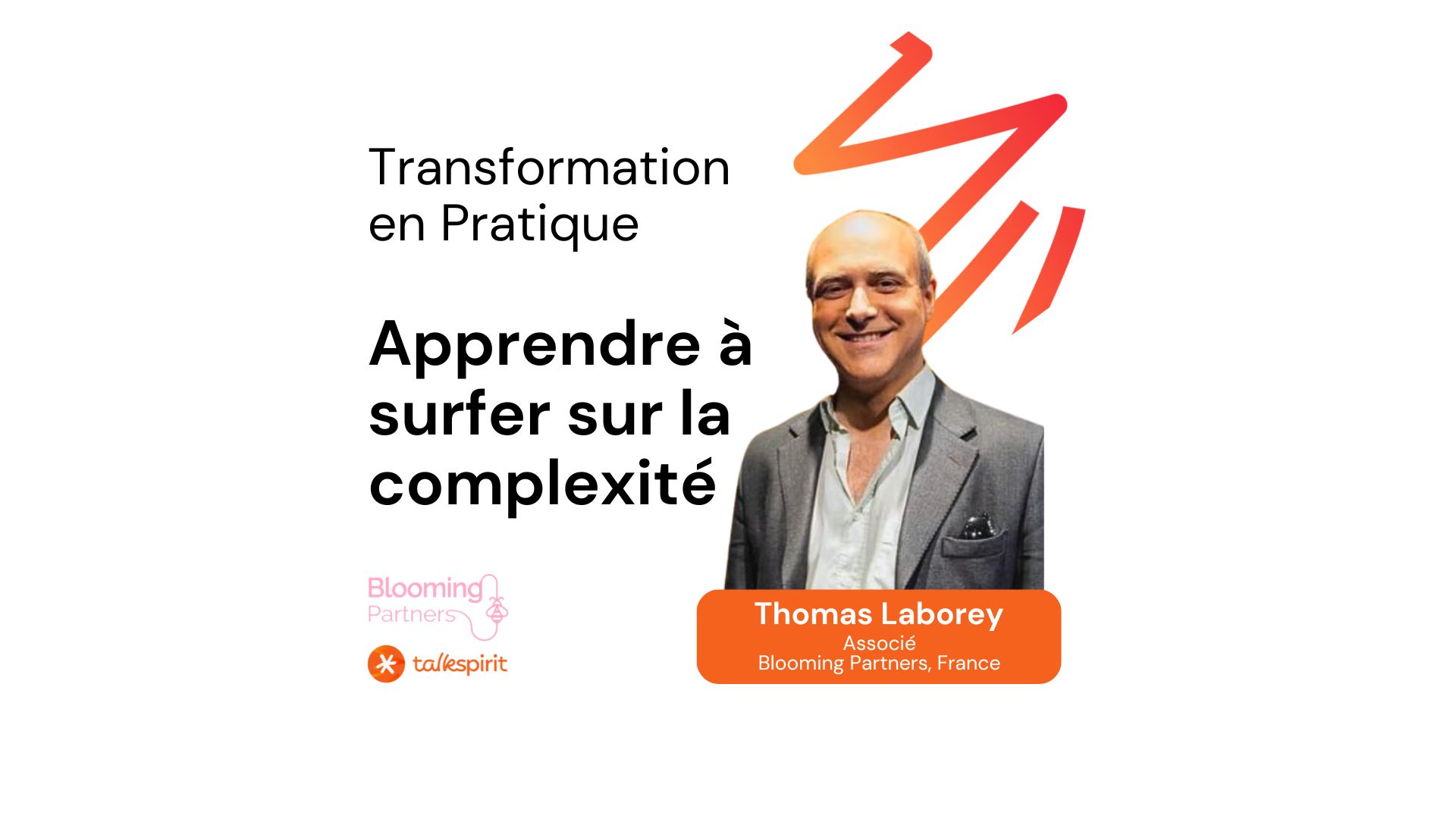







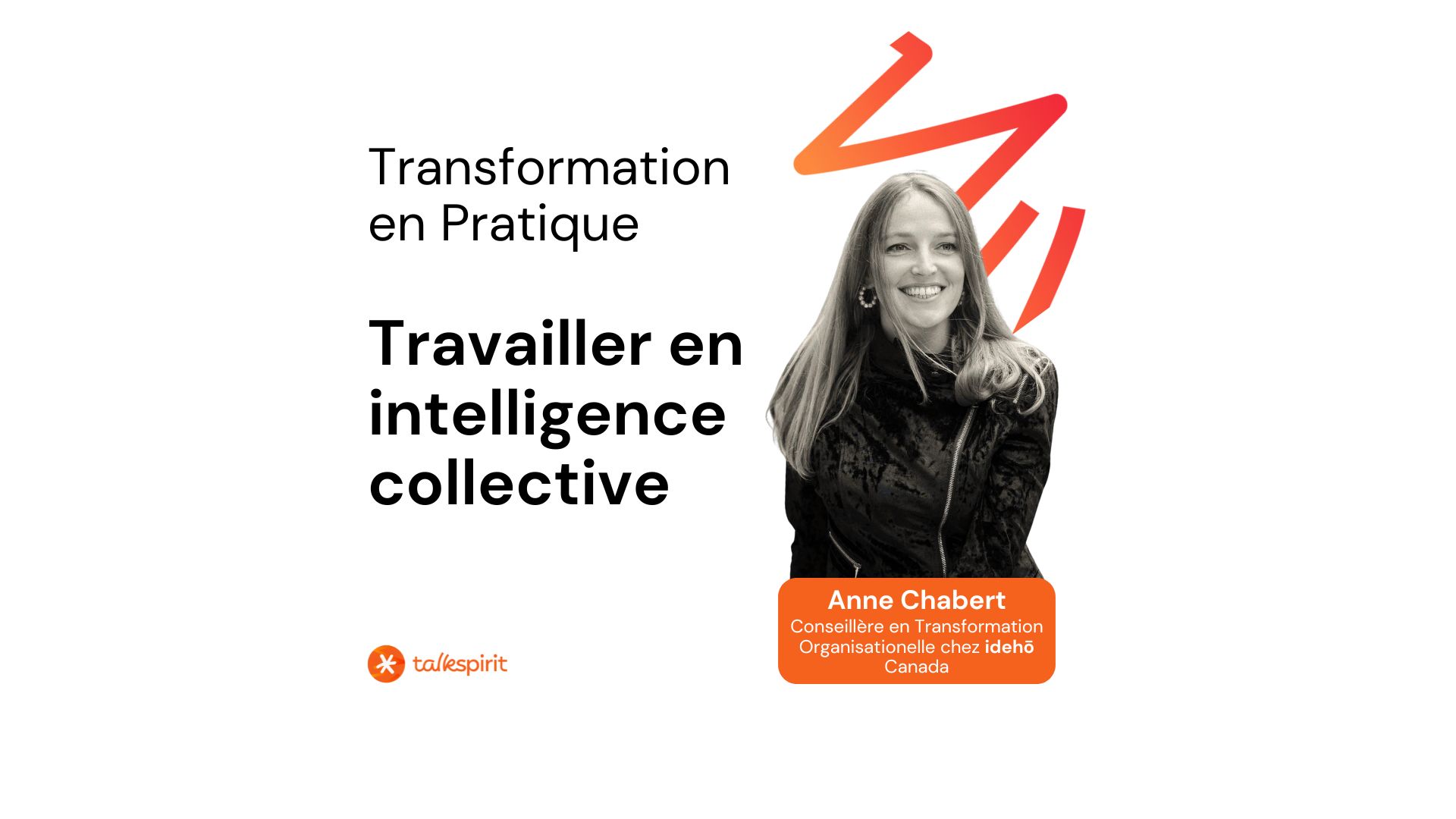

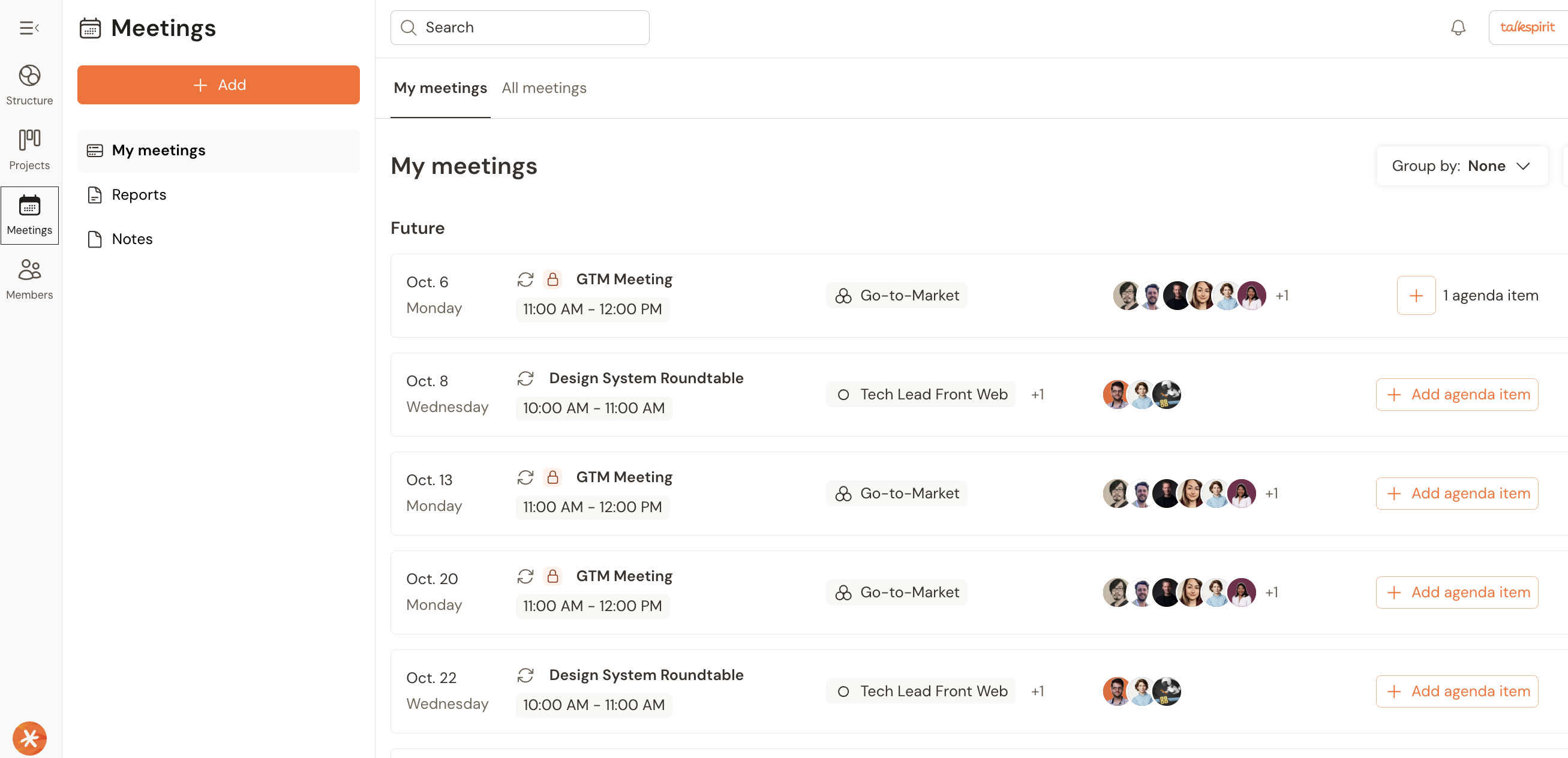



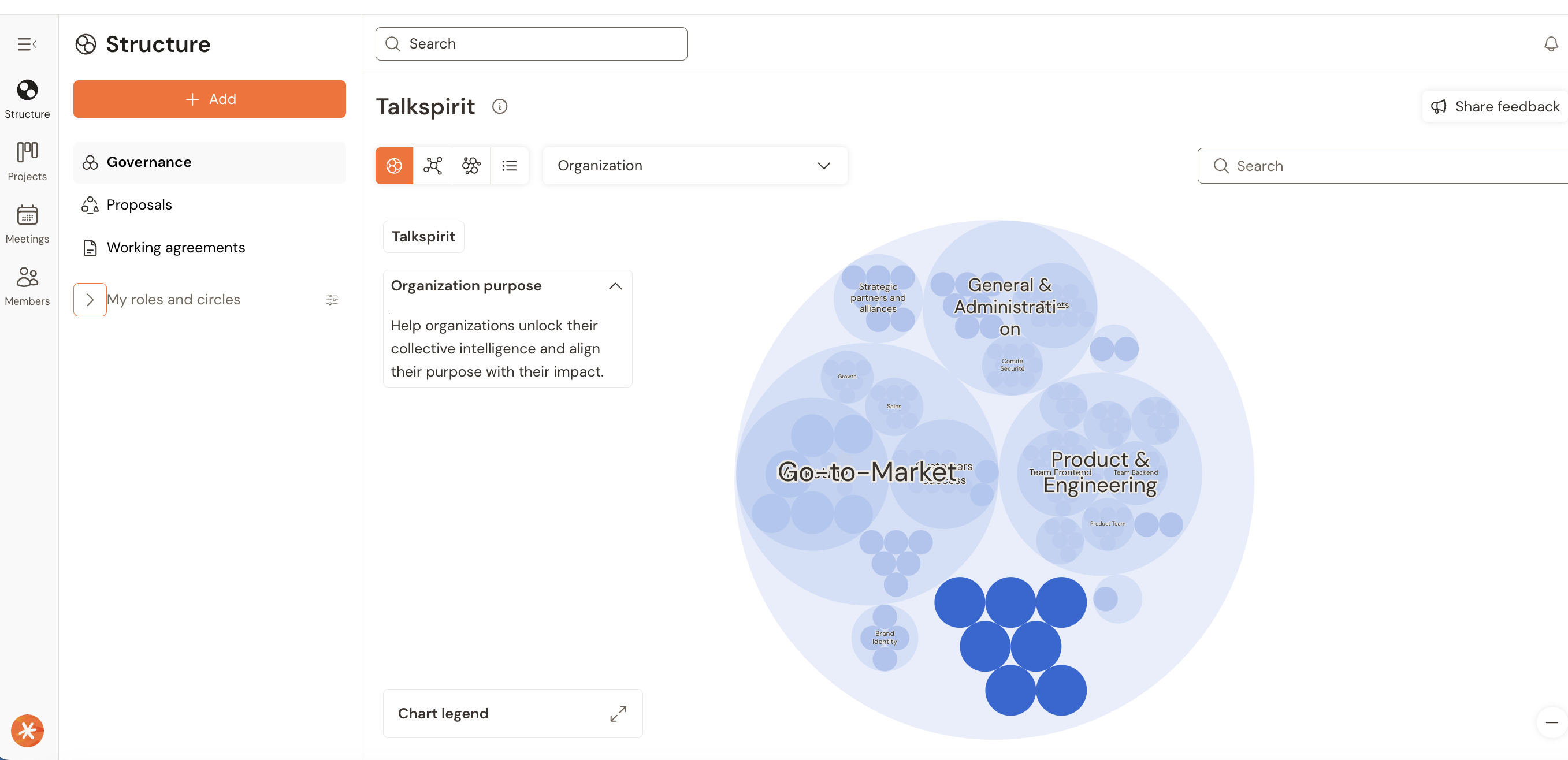
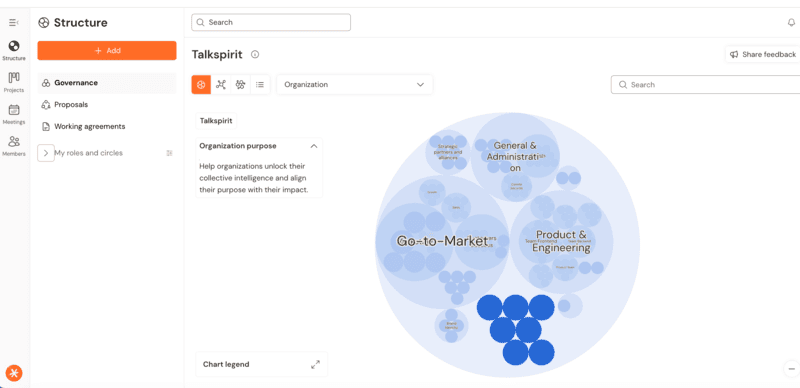









.jpg)





.jpg)
.jpg)







.jpg)
.jpg)


.jpg)

.jpg)


.jpg)











.jpg)




.jpg)



.jpg)

.jpg)



.jpg)








.jpg)










